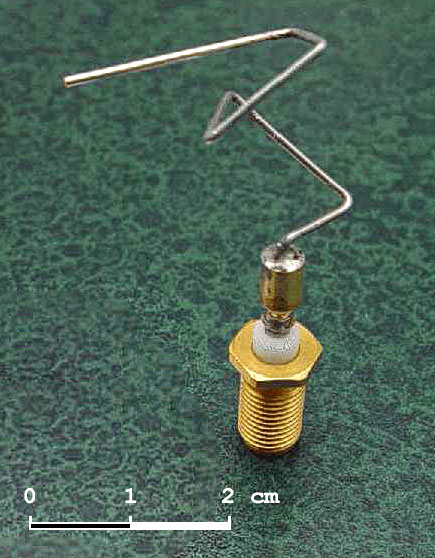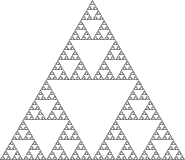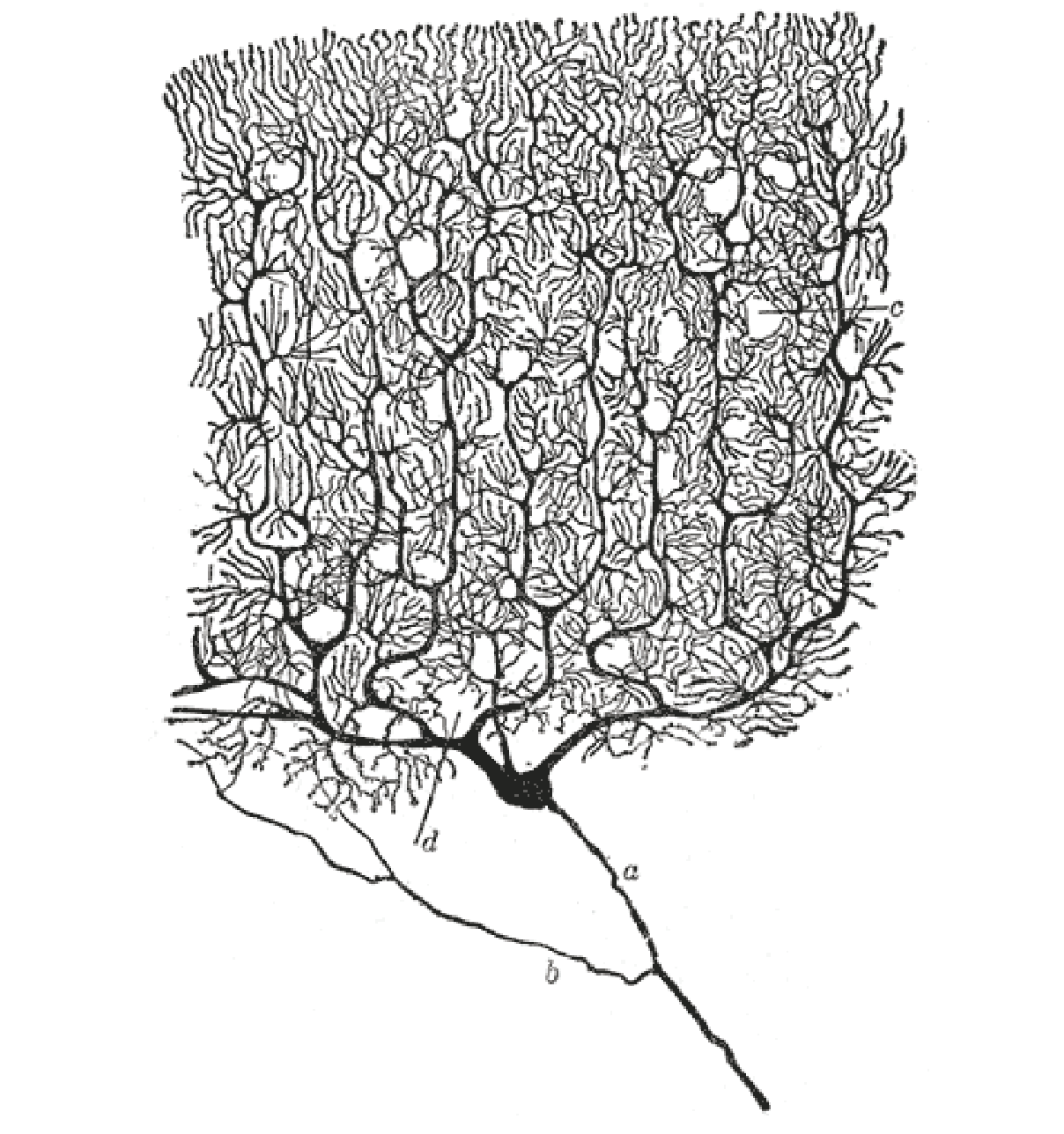Write4U
Valued Senior Member
MT can process (transport) data, MT can store data, MT can integrate and orchestrate data.What do microtubules "process"? How do they "process" it?
Necessary and sufficient for what? Consciousness? Explain how processing in microtubules produces consciousness.
Data is the result of sensory reaction producing a stream of data that is transported via microtubules, then compared to memories stored in the brain and "translated" by the brain into a recreation of the sensory data, i.e. an internal image of what the data originally represented. Apparently this evolutionary process resulted in an emergent data sensitivity that was causal to electrochemically elicited emotional experiences.
Anil Seth identifies this "best guessing" by the brain as "controlled hallucinations". I hope you have watched his short but revelatory lecture. He clearly demonstrates how the brain learns and applies knowledge-based successful survival techniques.
Yes! MT make exact copies of DNA via the mitotic spindle.What? Explain how a microtubule can "read" or "copy" DNA. Does it do that all by itself?
https://www.ted.com/talks/drew_berry_animations_of_unseeable_biology?language=en#t-471663
MT in plant leaf perform photosynthesis and distribution of energy.What? Explain how a microtubule can "process light". What does it "process" light into? How does it do that?
The Influence of Light on Microtubule Dynamics and Alignment in the Arabidopsis Hypocotyl[W]
Adrian Sambade,a,1 Amitesh Pratap,b,1 Henrik Buschmann,a Richard J. Morris,b and Clive Lloyda,2
Author information Article notes Copyright and License information Disclaimer
This article has been cited by other articles in PMC.
ABSTRACT
Light and dark have antagonistic effects on shoot elongation, but little is known about how these effects are translated into changes of shape. Here we provide genetic evidence that the light/gibberellin–signaling pathway affects the properties of microtubules required to reorient growth.
To follow microtubule dynamics for hours without triggering photomorphogenic inhibition of growth, we used Arabidopsisthaliana
light mutants in the gibberellic acid/DELLA pathway. Particle velocimetry was used to map the mass movement of microtubule plus ends, providing new insight into the way that microtubules switch between orthogonal axes upon the onset of growth.
Longitudinal microtubules are known to signal growth cessation, but we observed that cells also self-organize a strikingly bipolarized longitudinal array before bursts of growth. This gives way to a radial microtubule star that, far from being a random array, seems to be a key transitional step to the transverse array, forecasting the faster elongation that follows. Computational modeling provides mechanistic insight into these transitions. In the faster-growing mutants, the microtubules were found to have faster polymerization rates and to undergo faster reorientations.
https://www.ncbi.nlm.nih.gov/pmc/articles/PMC3289555/This suggests a mechanism in which the light-signaling pathway modifies the dynamics of microtubules and their ability to switch between orthogonal axes.
Roles of actin cytoskeleton for regulation of chloroplast anchoring
Yuuki Sakai† and Shingo Takagi
Author information Article notes Copyright and License information Disclaimer
ABSTRACT
Chloroplasts are known to maintain specific intracellular distribution patterns under specific environmental conditions, enabling the optimal performance of photosynthesis. To this end, chloroplasts are anchored in the cortical cytoplasm.
In leaf epidermal cells of aquatic monocot Vallisneria, we recently demonstrated that the anchored chloroplasts are rapidly de-anchored upon irradiation with high-intensity blue light and that the process is probably mediated by the blue-light receptor phototropins. Chloroplast de-anchoring is a necessary step rendering the previously anchored chloroplasts mobile to allow their migration.
In this article, based on the results obtained in Vallisneria together with those in other plant species, we briefly discussed possible modes of regulation of chloroplast anchoring and de-anchoring by actin cytoskeleton. The topics include roles of photoreceptor systems, actin-filament-dependent and -independent chloroplast anchoring, and independence of chloroplast de-anchoring from actomyosin and microtubule systems.
Yes! MT are ion powered motors, that drive the flagella for one. This was one of the items in contention during the Kitzmiller v Dover trial. Behe tried to argue that the microtubule motor that drives cilia and flagella was n irreducibly complex organelle, which was debunked by several scientists and caused the judge to rule against the concept of Intelligent Design. That is how I was introduced to one of the many microtubules functions.Microtubules are motors, as well, now?
Cilia, flagella, and centrioles

Cilia and flagella are projections from the cell. They are made up of microtubules , as shown in this cartoon and are covered by an extension of the plasma membrane. They are motile and designed either to move the cell itself or to move substances over or around the cell. The primary purpose of cilia in mammalian cells is to move fluid, mucous, or cells over their surface. Cilia and flagella have the same internal structure. The major difference is in their length.
http://cytochemistry.net/cell-biology/cilia.htm#
How about now? If you want more? Just ask.......I love to share......Your unevidence faith in the little things makes them approximately equivalent to elves, I agree.
Last edited:













